Why image sharpness isn’t as important as you may think
It's generally accepted as fact that image sharpness is important in photography. When looking at purchasing a new camera or lens, people spend a long time evaluating how sharp the images the camera / lens produces before deciding whether to purchase or not.
Photographers may gravitate towards fast lenses, or those with image stabilization, to help them get sharp shots in low light. And we have supports such as tripods and monopods, to help keep the camera steady for a sharp photo.
But I think sometimes we pay more attention to sharpness than we really need too. In this article I'll look at why sharpness isn't as important as some make it out to be.
Viewing size
The majority of photographers judge image sharpness by viewing their image at 100% magnification on screen. However, if the image looks soft when viewed at this size, that doesn't mean it's a failed image.
Most cameras capture images at a high resolution - 16MP cameras are considered low-end in terms of resolution, and we have 50MP cameras coming later this year. Yet a full screen HD image is only 2MP - and not many photographers choose to show their images that large on the web. A more common size would be around 0.8MP. The images I use in these articles are only 0.3MP!
So, while we might be able to see some blurring when an image is viewed at 100% magnification, in most cases this won't be visible when viewed at a normal viewing size. An image can look quite blurry at 100% but perfectly sharp when viewed normal size.
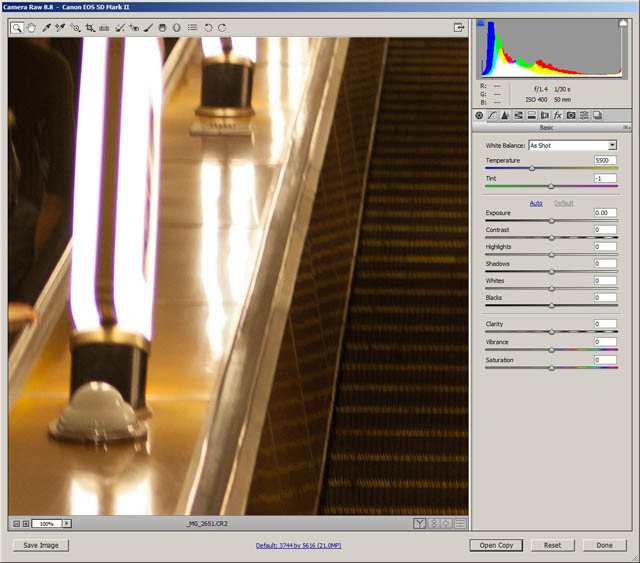
When viewed at 100% magnification it is clear this photo is pretty blurry. In hindsight a faster shutter speed and higher ISO settings should have been used.
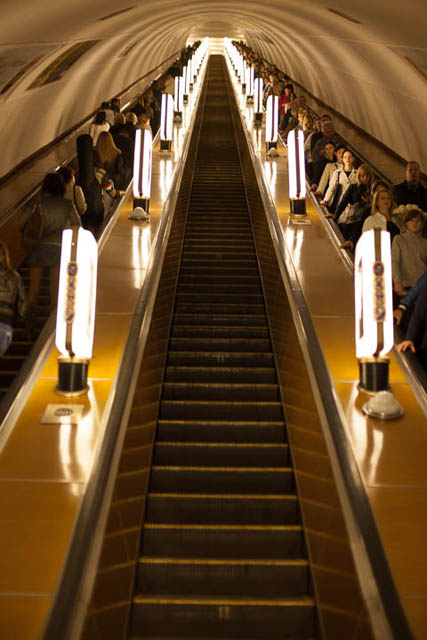
But when resized for web use the blurriness isn't visible at all.
The same thing is true when producing prints. Sharpness can be a bit more important for prints than it is for the screen, but that doesn't mean your image needs to be sharp at the pixel level.
Even if you're creating a large print, people are unlikely to stand right next to it, inspect it closely, and notice that it's slightly blurry. The larger the print, the further back people will view it from, and any slight blur will not be visible from typical viewing distances.
It's the subject
When someone looks at a photo, unless it's really blurry, sharpness is probably the last thing they think about. A good photo is about the subject, with the composition and lighting working together to emphasize the subject you are trying to show. (The subject may not necessarily be a physical 'thing' in the image, the subject of the photo could be an emotion, for example).
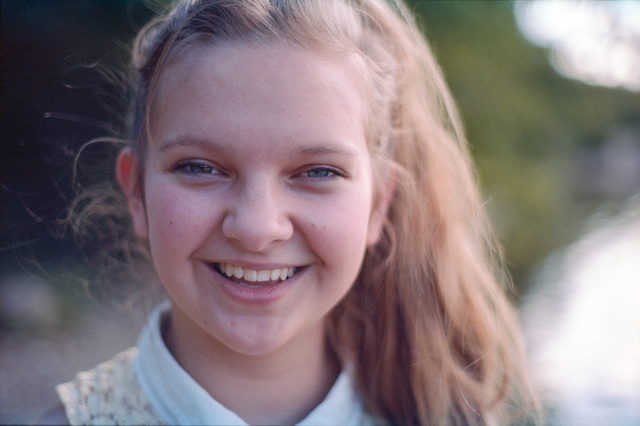
At the Quarry by Ben Seidelman on Flickr (licensed CC-BY) - although this image is slightly blurry when viewed at a larger size, the blur doesn't take away anything important from this image
If the most important aspect of an image is that it should be sharp, then you probably haven't done a very good job at getting the subject of the photo across. You'd be better off focusing on improving your composition and lighting skills than in trying to improve your technique for maximum sharpness.
Lack of sharpness can become more of a problem when it is caused by missing the focus. For example, if you take a portrait of someone, but the background is in sharper focus than their face, then this is an issue. The sharpest area of an image will draw the eye to it. So you want the sharpest area in the image to be the most important area in the image.
If the whole photo is slightly soft, but the subject's face is less soft than the background, this isn't a big issue. But if the background is sharp, while the subject's face is slightly soft, then the background draws the viewer's attention away from the subject.
So don't be overly concerned by absolute image sharpness. But do be concerned about getting your focus in the right place. Of course, there may be some instances where you purposefully want to put the focus on something other than your subject, but these are likely to be few and far between. There will always be exceptions to the rule.
Are-bure-boke photography
There is actually a whole style of photography that revolves around images not being sharp - Are-bure-boke (アレ・ブレ・ボケ) photography. The naming for this style of photography comes from Japan, where it was popularized in the 1960s and 70s, and means grainy, blurry, out of focus.
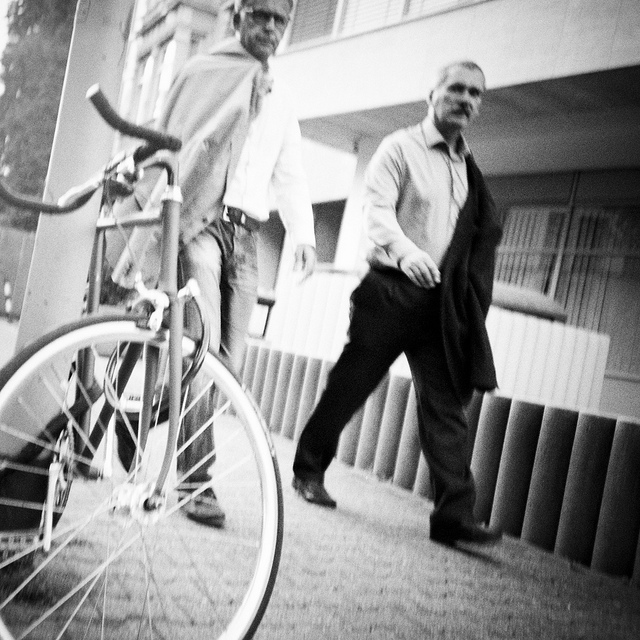
velomography #1 by Björn Bechstein on Flickr (licensed CC-BY-ND)
The Are-bure-boke style of photography is most closely tied to street photography. One method of street photography is to use hyperfocal focusing. This is where you set a small aperture (such as f/8), and use a fixed focus distance (typically around 3m) that gets most of the scene in focus, from close up to far away.
Using this fixed setup means you can take photos instantly the moment you see anything interesting - no need to get the camera to focus on your subject. But a side-effect can be that image might be a bit blurry - of course this depends on how bright it is, what ISO setting you're using, and whether you or the subject are moving at the time you press the shutter.
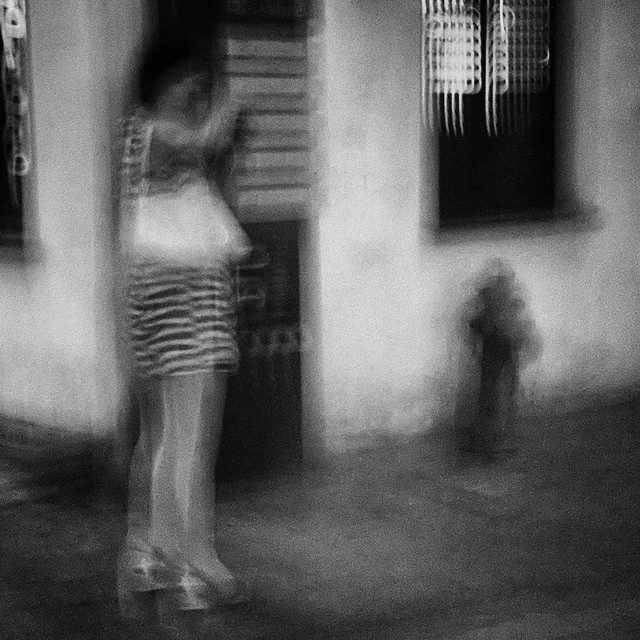
Impressions by DaiLuo on Flickr (licensed CC-BY)
These images have a definite aesthetic, and not everyone likes them. Indeed, Daido Moriyama, the main proponent of the Are-bure-boke style saw it as breaking away from how photography is generally thought of. His book 'Farewell Photography' took this to the extreme, with blurred, damaged photos, intended to Destroy Photography
.
While most photographers are unlikely to want to take the aesthetic so far as to 'destroy photography', this does show that blurriness in a photo does not necessarily reduce the impact of a photo, and can actually add to it.
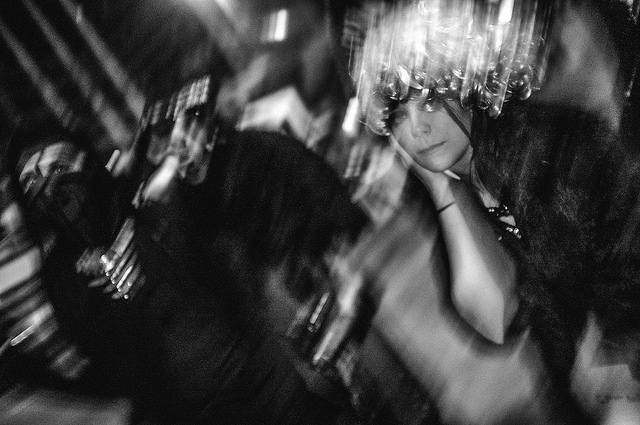
682 by Gabriel Cabral on Flickr (licensed CC-BY)
Capturing motion
Recording motion (as opposed to freezing motion) requires at least some blur in the image. Often this is achieved by using a camera on a tripod with a relatively slow shutter speed set. This records anything moving in the scene as a blur, while anything static will be sharp.
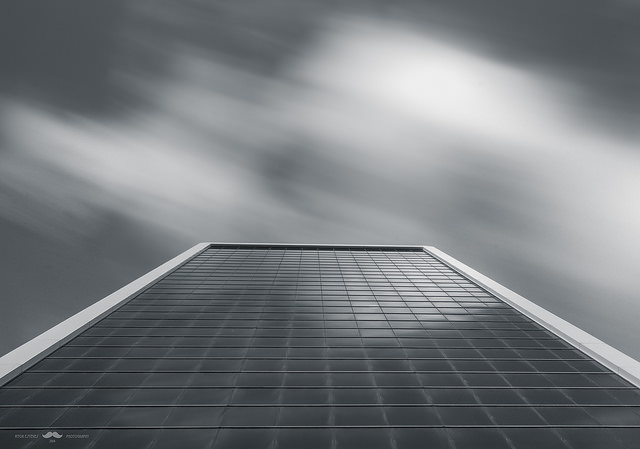
Slow Heights by Vitor Esteves on Flickr (licensed CC-BY)
A similar technique is photographing a moving subject and combining a slow shutter speed with flash. The movement appears blurry, but is combined with a sharp image when the flash fires, freezing the motion.
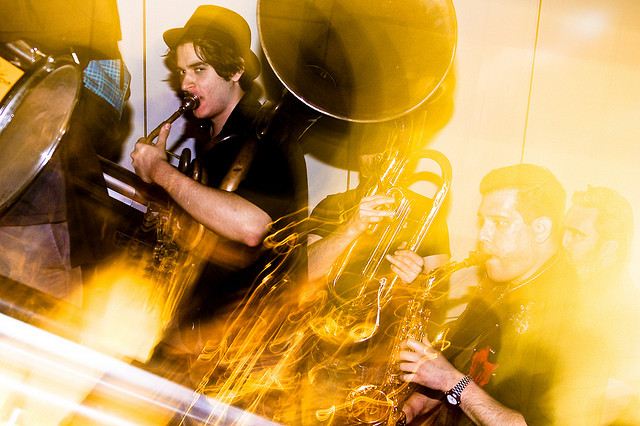
killsonic subway tour (37 of 54) by Timothy Tolle on Flickr (licensed CC-BY)
Panning is another technique used to photograph motion. You move the camera with the moving subject, keeping the subject in the same position within the frame as the photo is taken, and using a slow shutter speed. This results in the subject appearing sharp while the background is blurred.
Typically the background will turn into streaks, emphasizing the movement of the subject. Though this is dependent on the background - a solid color background would stay a solid color.
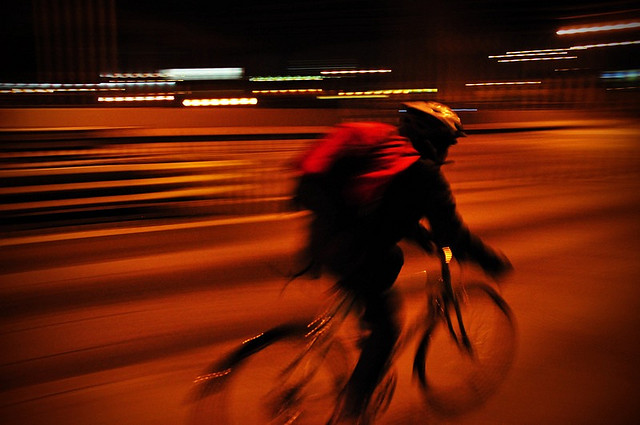
Hawthorne => Esplanade => by Jesse Millan on Flickr (licensed CC-BY)
When panning it is unlikely your subject will appear 100% sharp at the pixel level - it would be very difficult to keep the subject in exactly the same position in the frame during the exposure when both the camera and the subject are moving. However, the subject will be much sharper than the background, and this is what is important.
Creating a dreamy or painterly image
Soft images can often have a dreamy, romantic feel to them. A soft image is not necessarily unsharp. When used in this context, softness often refers to a lack of microcontrast rather than a lack of absolute sharpness. But if there is a lack of sharpness as well, this doesn't really hurt the image.
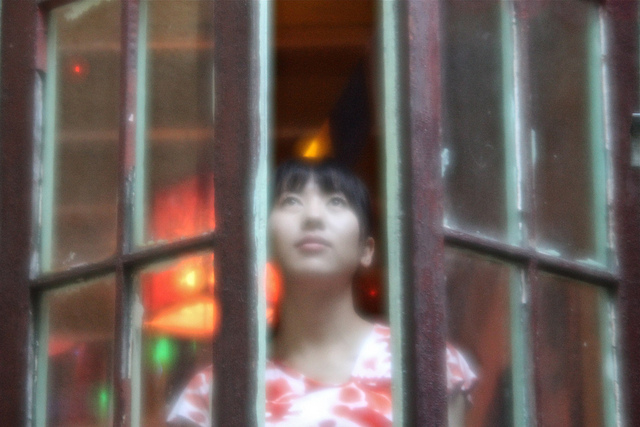
Look up...! by sung ming whang on Flickr (licensed CC-BY)
If you're after a soft image, then using an old lens that isn't very sharp can produce a nice low contrast, dreamy looking image. Or you might even decide to purposefully apply some blur to an image when editing it, to create a softening effect.
A painterly effect can be achieved in an image by using a slow shutter speed and moving the camera during the exposure. Because this technique applies the same amount of blur to large objects as it does to small details, it isn't that well suited to subjects such as portraits. For more abstract images it can work very well though.
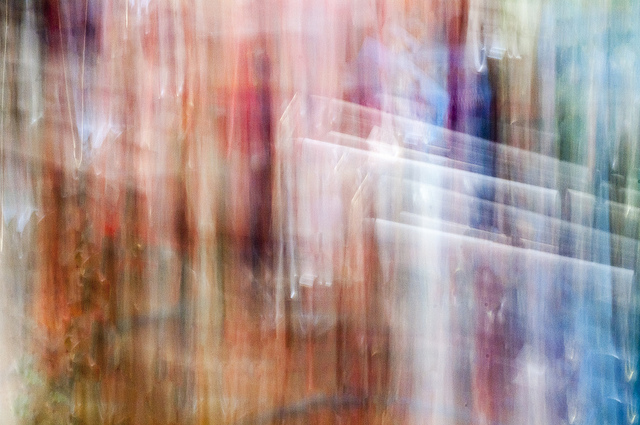
Light Painting. by Nathan Larkin on Flickr (licensed CC-BY-ND)
One of the most popular uses for this technique is when photographing trees. By using a long exposure and moving the camera up and down in the direction of trees, the trees blur into abstract lines. The end result is more like a painting than a photograph.
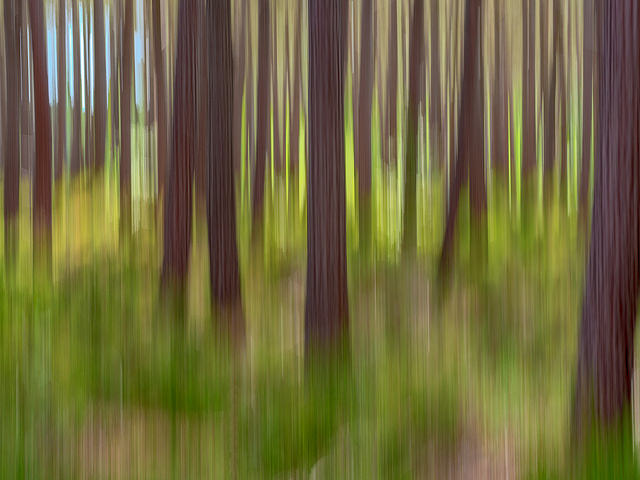
Woodland impressions by Nicolas Winspeare on Flickr (licensed CC-BY)
So if you're unhappy with the sharpness that your camera / lens can produce, maybe you might need to re-think your priorities a bit. Sharpness is important, and I would always try to make an effort to capture an image as sharp as reasonably possible. But sharpness isn't everything. Getting across the reason for a photograph - why you took the photo, what is interesting about it, what you are trying to say - is much more important, and a little blurriness won't be a problem.
Some images even benefit from being a little blurry. If you're a sharpness freak, why not set yourself a little project to try and take some photos that are intentionally blurry. Working in a different way to normal is a great way to stimulate your creativity, and you might end up with some images you love precisely because they're not sharp.






Great little article. Should be required reading for all photogs, esp. pixel peepers. But I suppose the major lens manufacturers have a vested interest in your article not being seen. Alas.
Anyway, thanks. And well done.
Thanks so much for this article, so true! I’ve been having a bit of anxiety over an exhibit I’m participating in as the photo they choose isn’t my most sharpest, especially since it’s being printed at 24 x 30 inches. Everything else is there though, subject matter, lighting & exposure, so you’ve helped put my mind at ease.